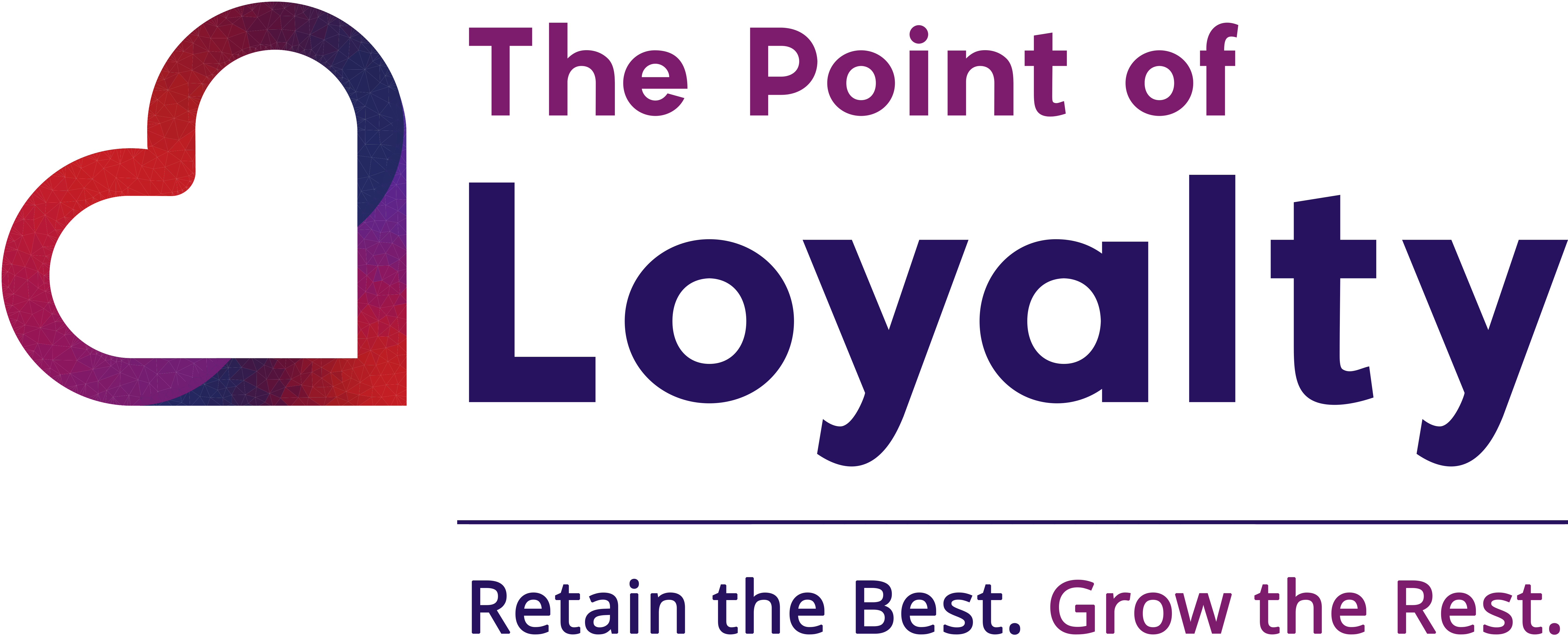*Inspired by the book - Nudge: The Final Edition (2021) – Thaler and Sunstein, chapter 7.
(From my point of view it’s a brilliant book and a must read for all loyalty program managers)
Sludge is (as defined in the book) “…any aspect of choice architecture consisting of friction that makes it harder for people to obtain an outcome that will make them better off…”
To answer the ‘Where’s the sludge…’ question, let’s ask ourselves another question:
What are the Signals of Sludge in your loyalty program?
Here are five (of many more):
- A declining trend in customers not becoming members
- Member activity is declining
- Redemption is reducing
- Mountains of data, molehills of relevant and personalised action
- Program profitability is not living up to its potential
For each I have provided:
Sludge Status = digging deeper to identify the status of sludge
Nudge Knowledge = actions or small steps (nudges) to reduce or remove the sludge
Signal of Sludge #1: A declining trend in customers not becoming members
Sludge Status: (each needs further investigation)
- The onboarding experience is clunky and customers experience friction and frustration in joining
- The team are not selling the program and customers are not aware of the benefits of the program
- The proposition is bland, boring and members are bit ‘blah’ about the program
Nudge Knowledge:
- Review each step of the onboarding experience and identify the ‘sludge moments’.
- Reinvigorate your teams' belief and buy-in to the program so you have a team of loyalty champions. Consider a mystery shop strategy to benchmark the team sludge.
- Nudge your program proposition out of the sea of sameness. Start by evaluating the proposition vs the six currencies customers care about (there’s more on these in this article).
- A competitor review is a nudge to improve your knowledge of your program’s uniqueness.
Signal of Sludge #2: Member activity rate is declining. Previously actively earning and redeeming members are now dormant
Sludge Status:
- If the ‘active’ rate of members (defined as those earning and redeeming) is declining, this could be a signal of a program that’s become expected, bland, and boring. Or the threshold to earn a reward based on the behaviours required (transaction and interaction) may be too much of stretch for some members.
Nudge Knowledge
- Look deeper at which value segments are not as active as they were.
- Stimulate relevant earning and redeeming through moments of unexpected delight, bonus offers and reduced thresholds to rewards.
Signal of Sludge #3: Redemption is reducing
Sludge Status:
- When there is a high level of built up earned rewards without redemption, the signal of sludge could be the rewards are not enticing, exciting and worth redeeming for.
Nudge Knowledge
- Reinvigorate your reward portfolio.
- Nudge your members to tell you what they care about.
Signal of Sludge #4: Mountains of data, molehills of relevant and personalised action
Sludge Status:
- If the terabytes or even petabytes of data gathered by programs is not used to its capacity and capability to add value to the life of a member and return value to the business, then there is a data sludge problem.
(A recent example of data sludge I personally experienced with a client was the generation of a monthly loyalty program results report that was never read by the leadership team. The data presented was a mash of numbers, graphs and charts, tables and statistics, with no insights or recommendations. Apathy by the leadership team towards the program was the signal of data sludge…)
Nudge Knowledge
There are multiple facets to use data for a good nudge – both for members and the business.
- Stating the obvious, for members it is about using data to make their lives better (simpler, more enjoyable, and joyful).
- For the business, it’s about insights to action business growth such as (not limited to) insights to create more money, insights to improve merchandising, insights to initiate innovation and insights to make smarter decisions (insights are better than opinions)!
Signal of Sludge #5: Program profitability is not living up to its potential
Sludge Status:
There are many signals a program is experiencing profitability sludge (not achieving net profitability). The two key signals are
- Program revenue is declining.
- Program costs are increasing.
Nudge Knowledge
- Initiating a full financial fitness assessment of the loyalty program is a good place to start increasing the nudge knowledge of profitability
- A fit and healthy loyalty program financial ecosystem has dynamic and connected profit and loss, balance sheet and cash flow models for real-time insights. The financial models need to continuously ascertain the revenue, costs, profitability, balance sheet implications and cash flow effects of the loyalty program
- Reviewing your financials will identify the sludge and nudge you towards improving the profitability.
In summary, identify the Signals of Sludge in your loyalty program by initiating a ‘Where’s the sludge in our loyalty program?’ working session with your team. Then investigate those Signals of Sludge and build out your ‘Nudge Knowledge’ to reduce or remove the sludge.
Have a sludge-free loyalty day!

